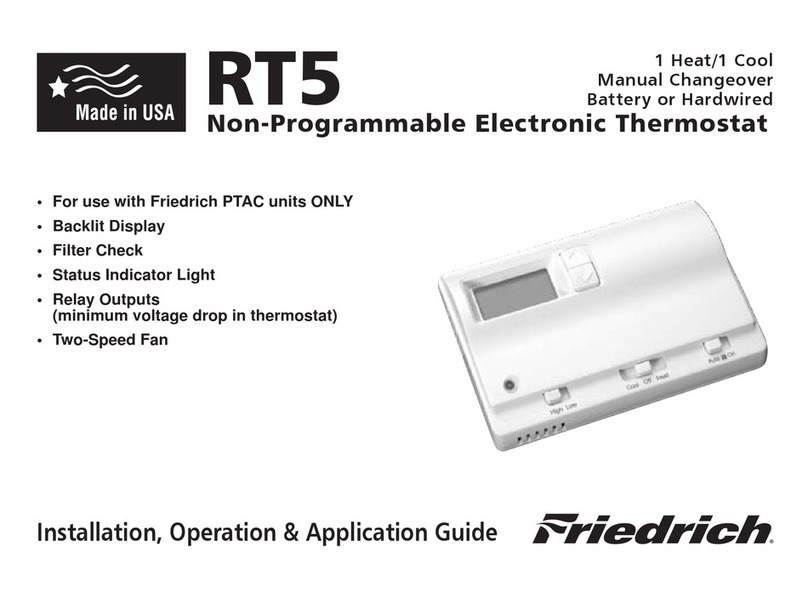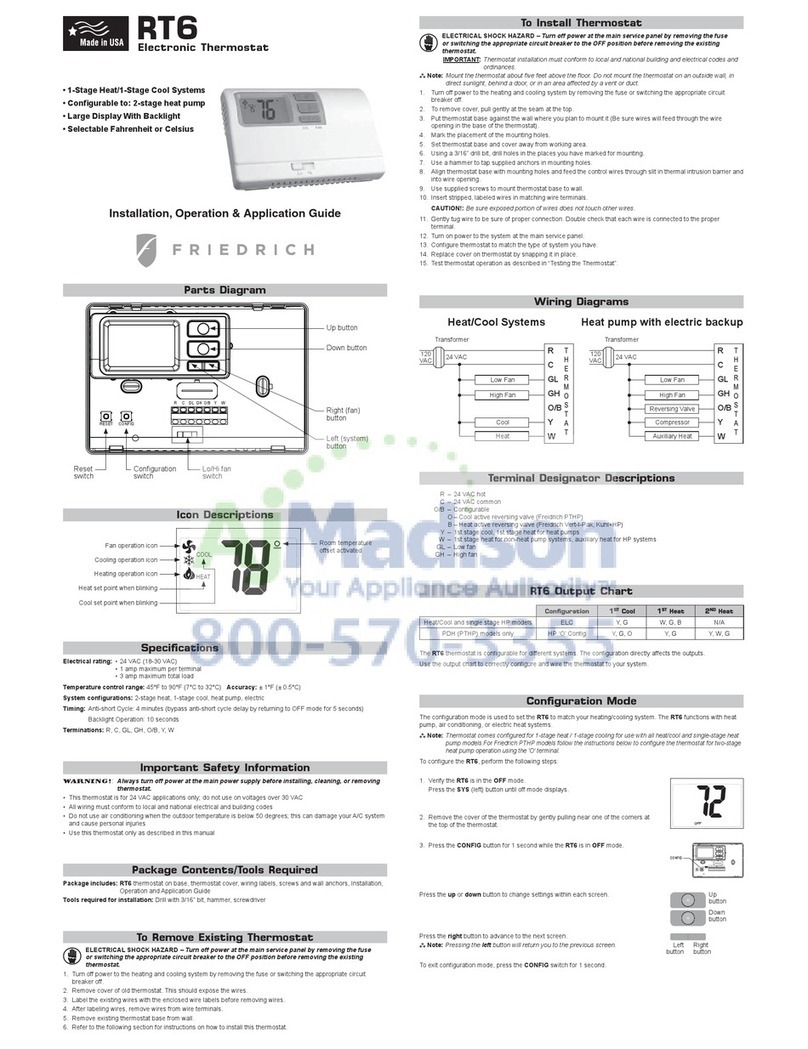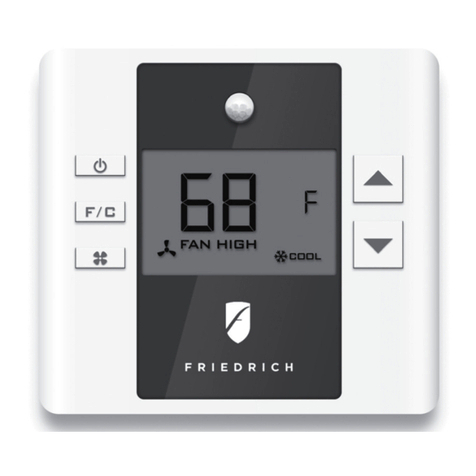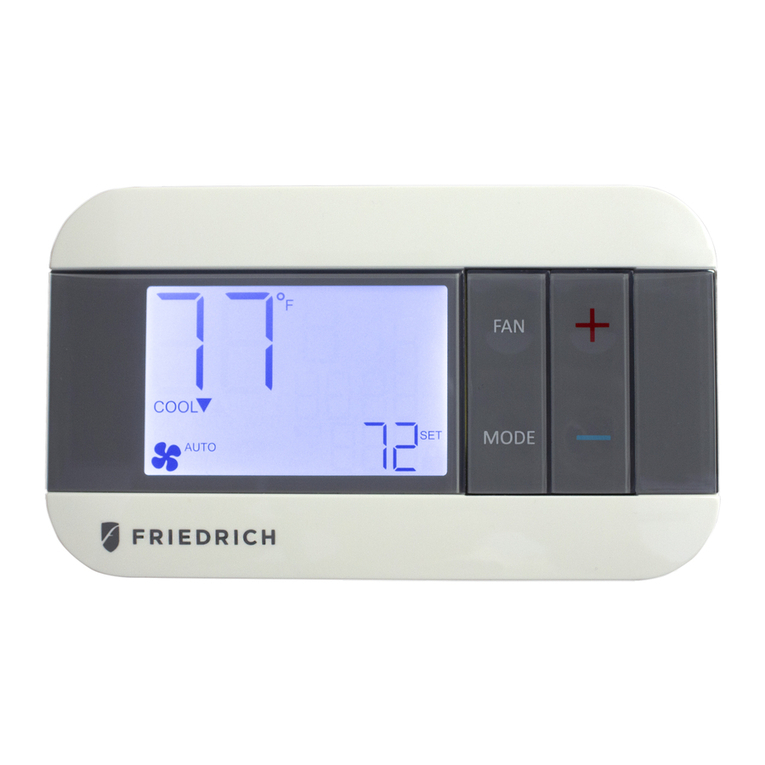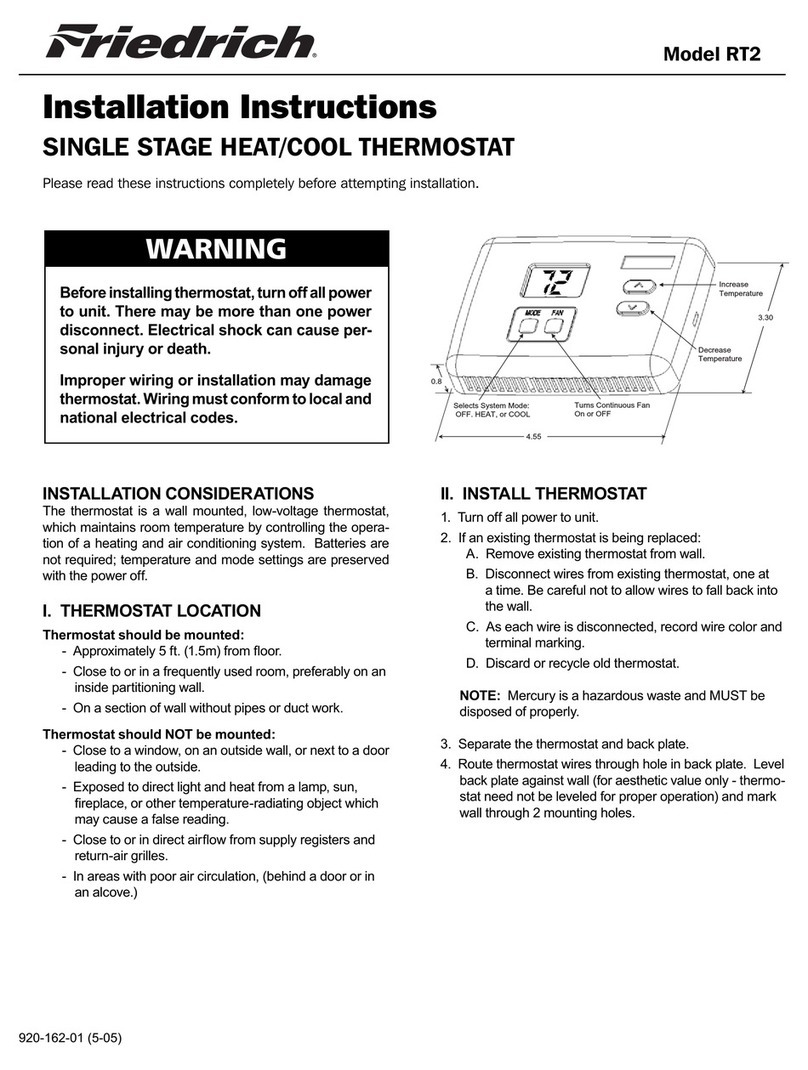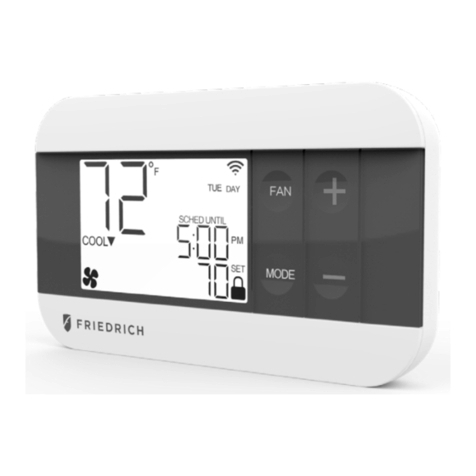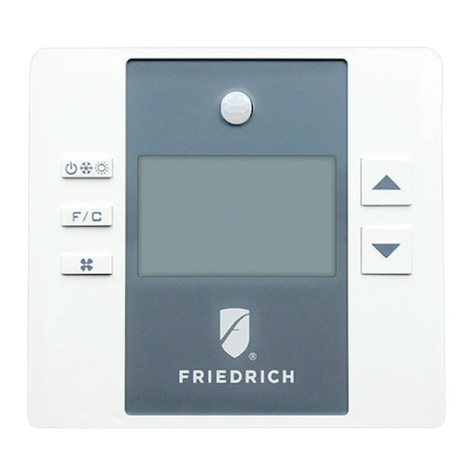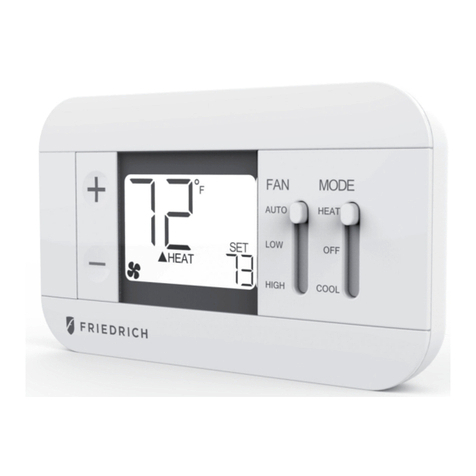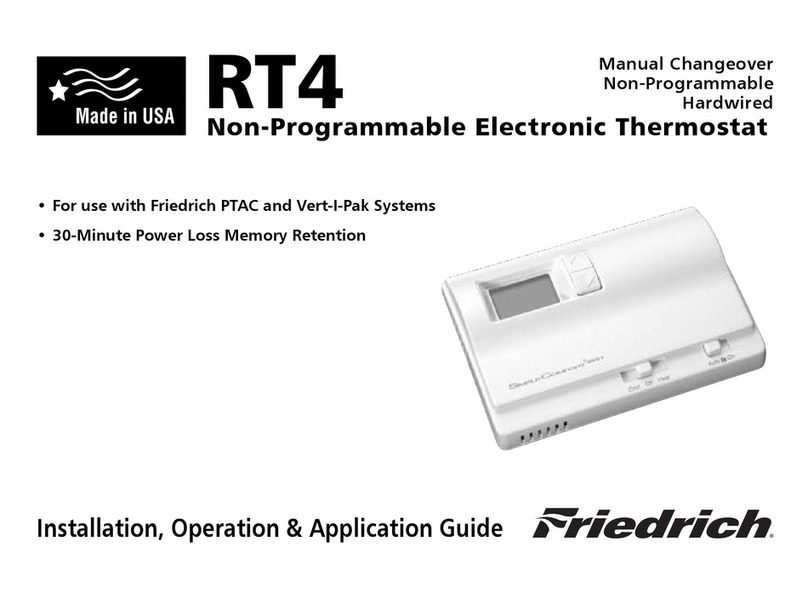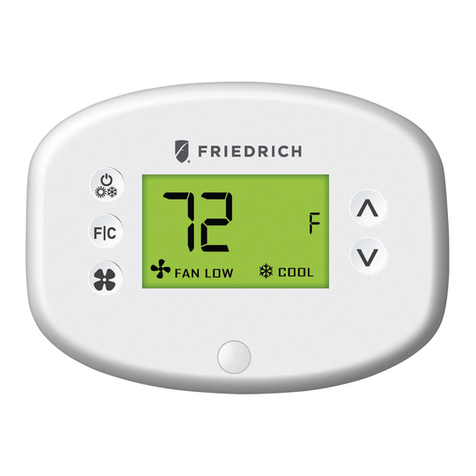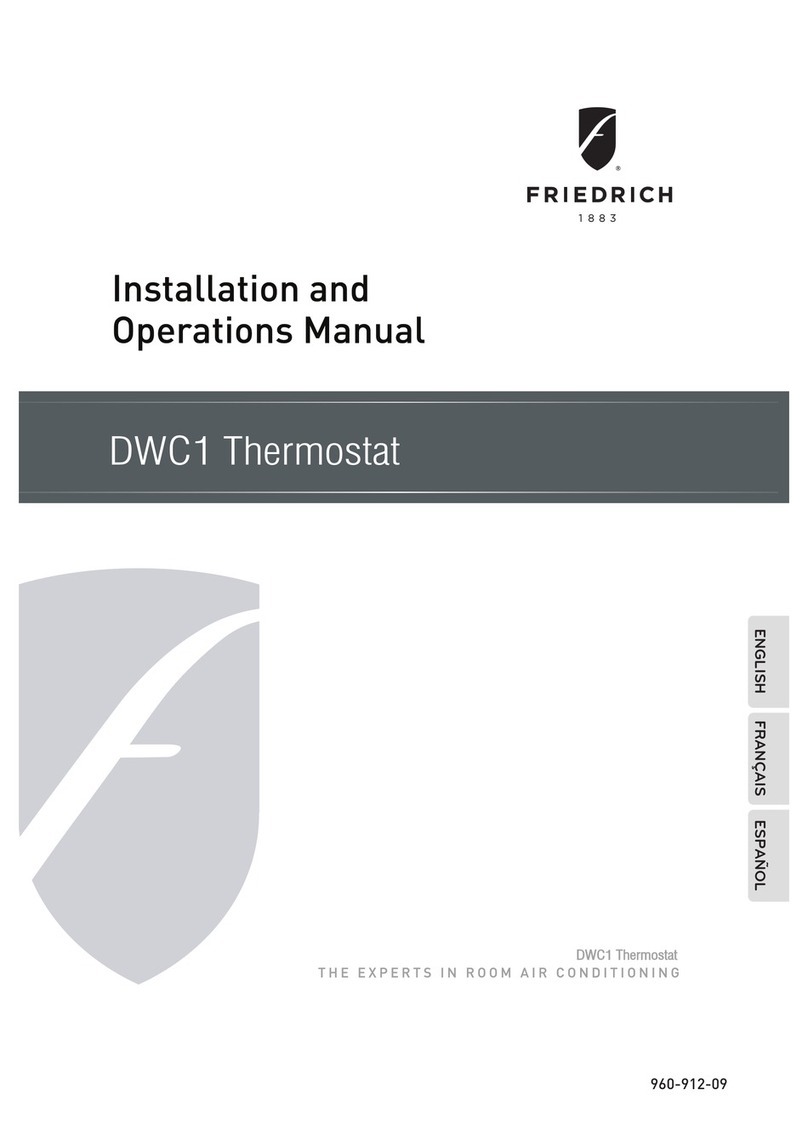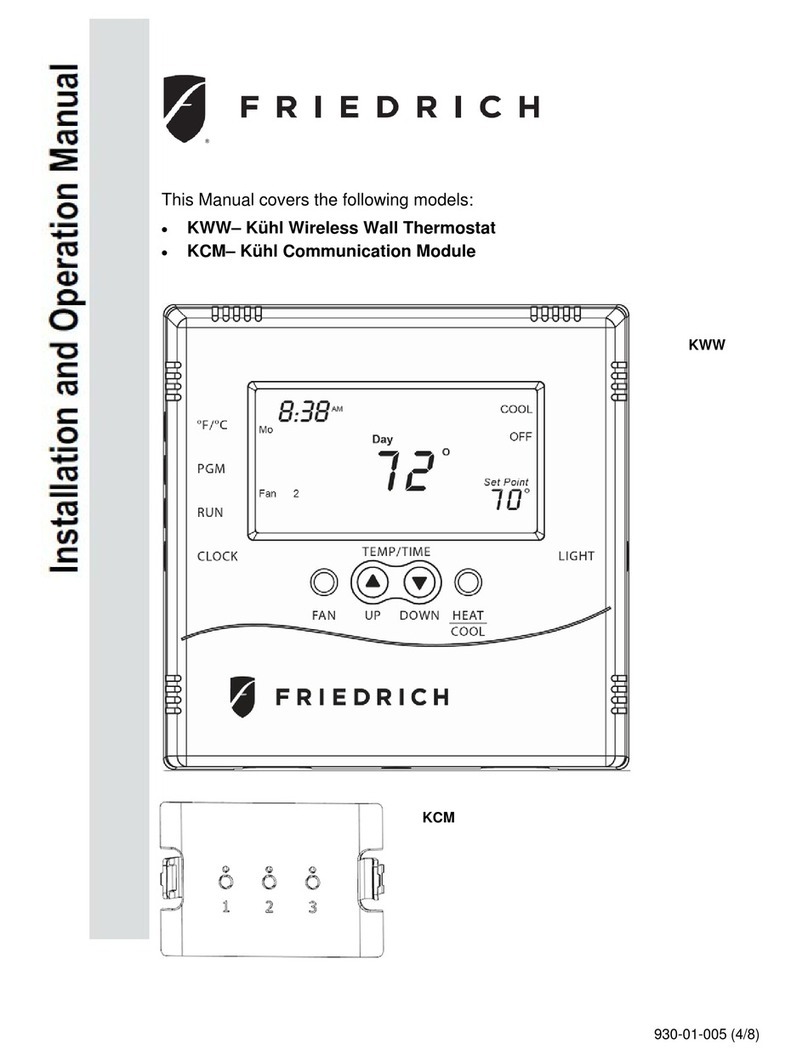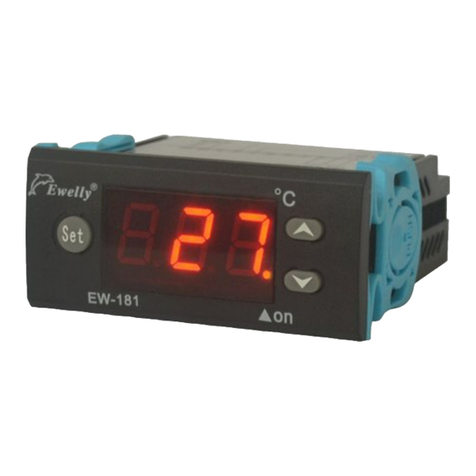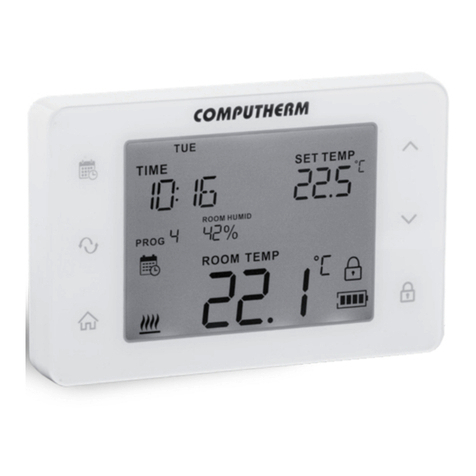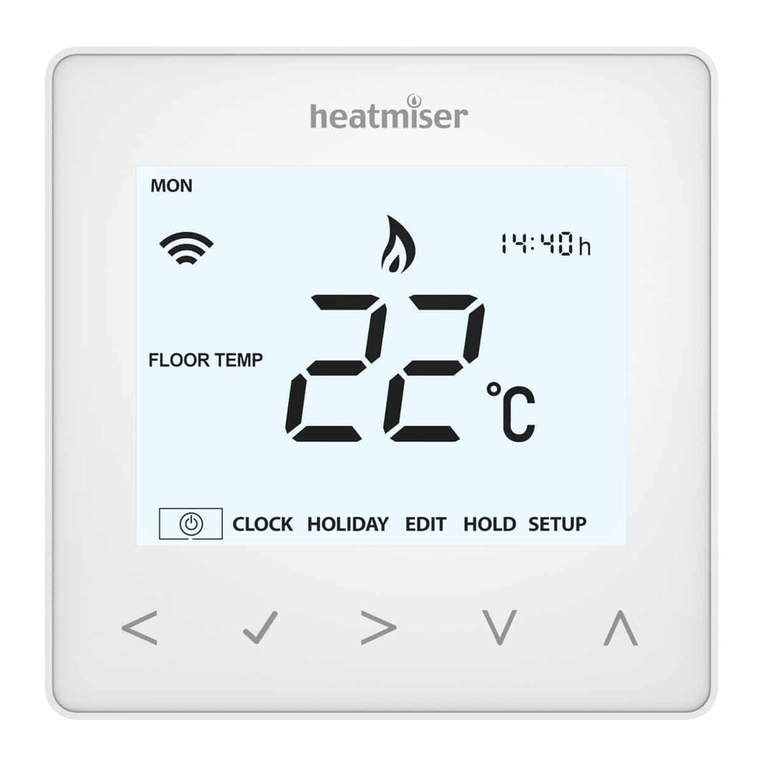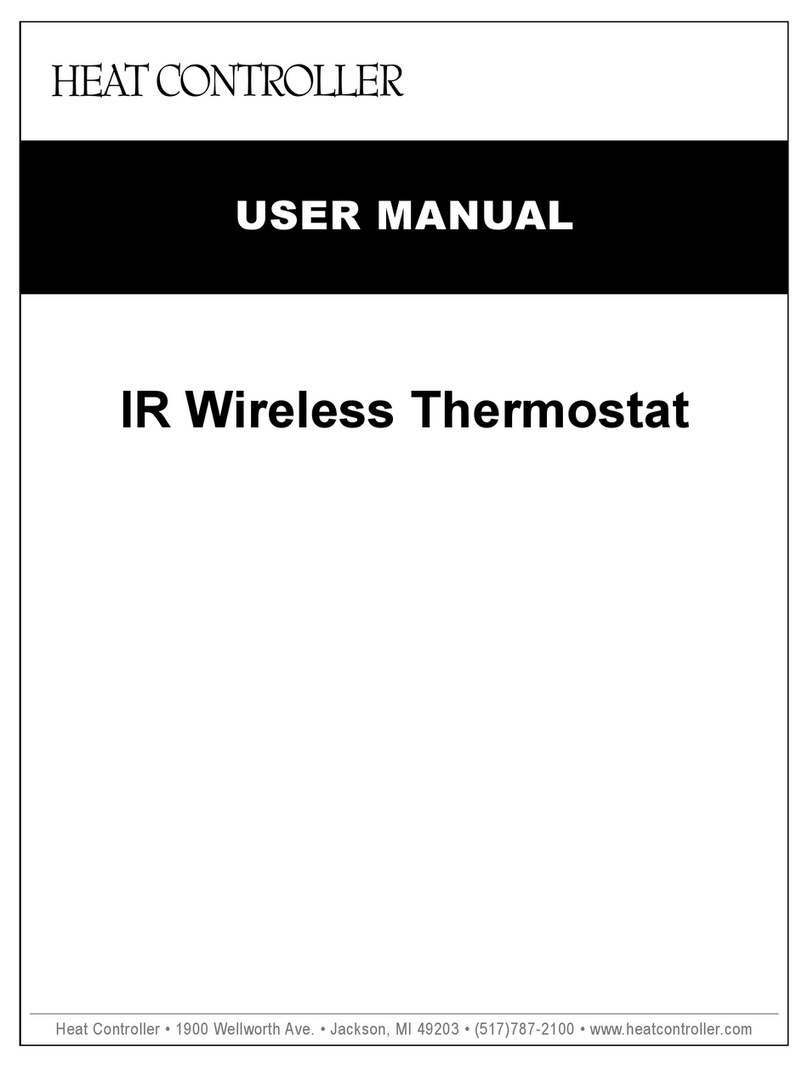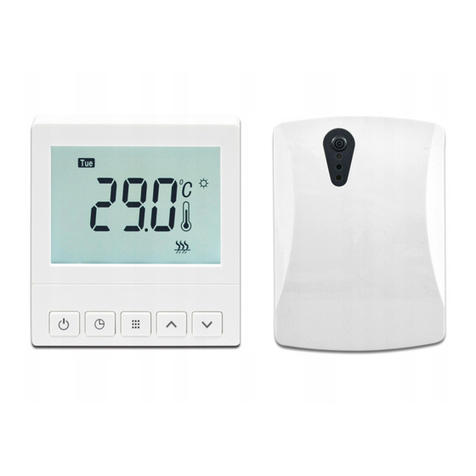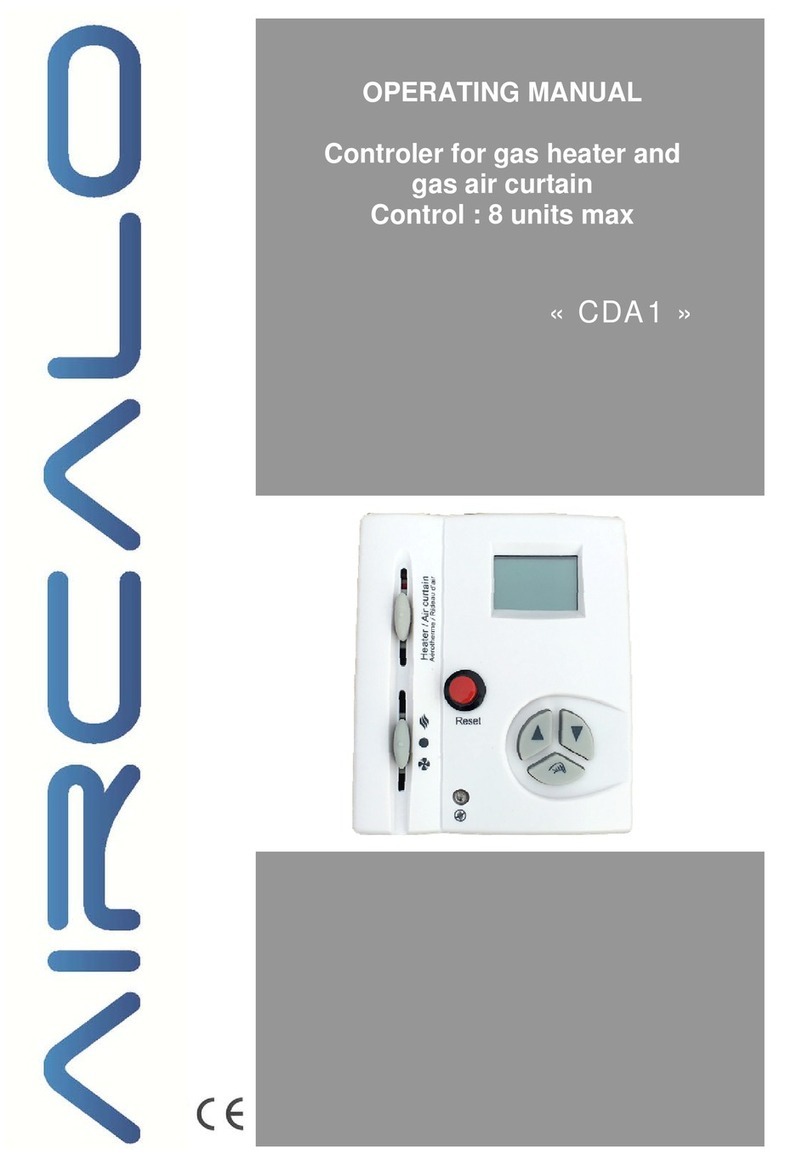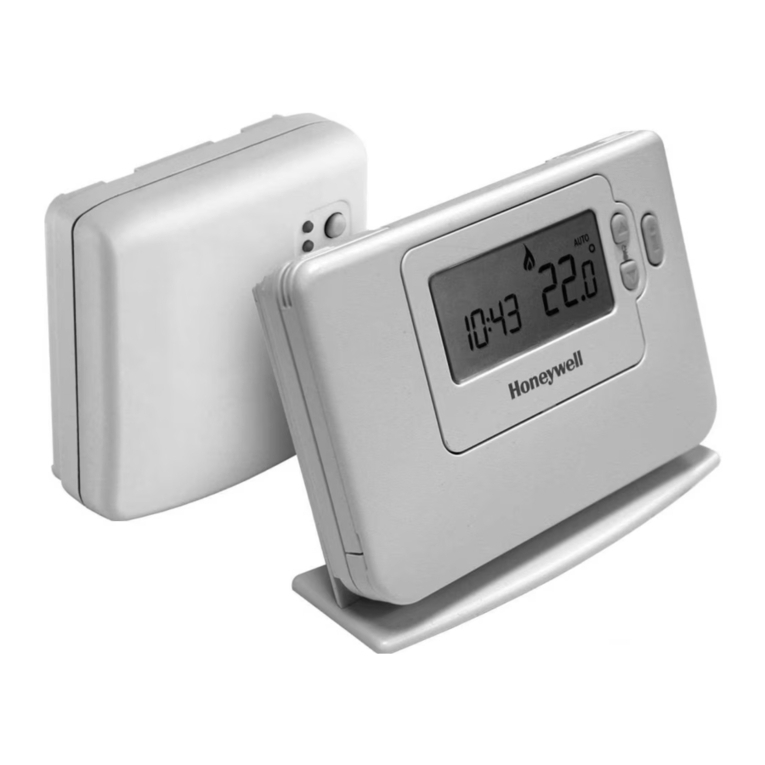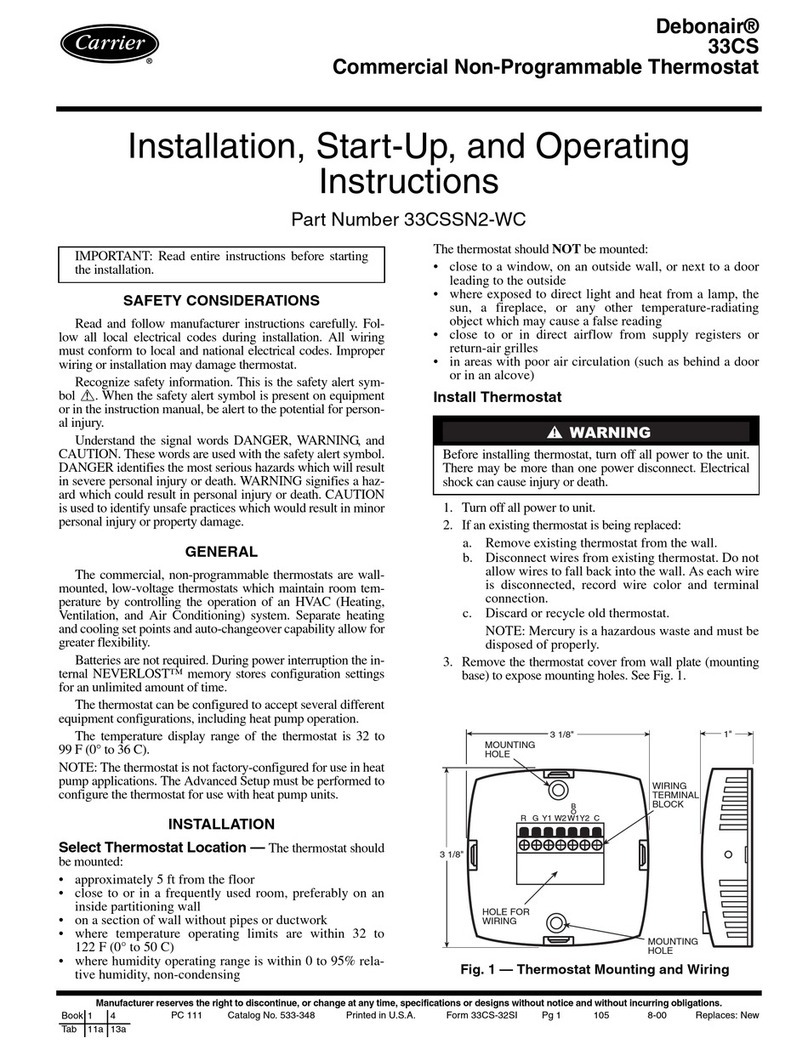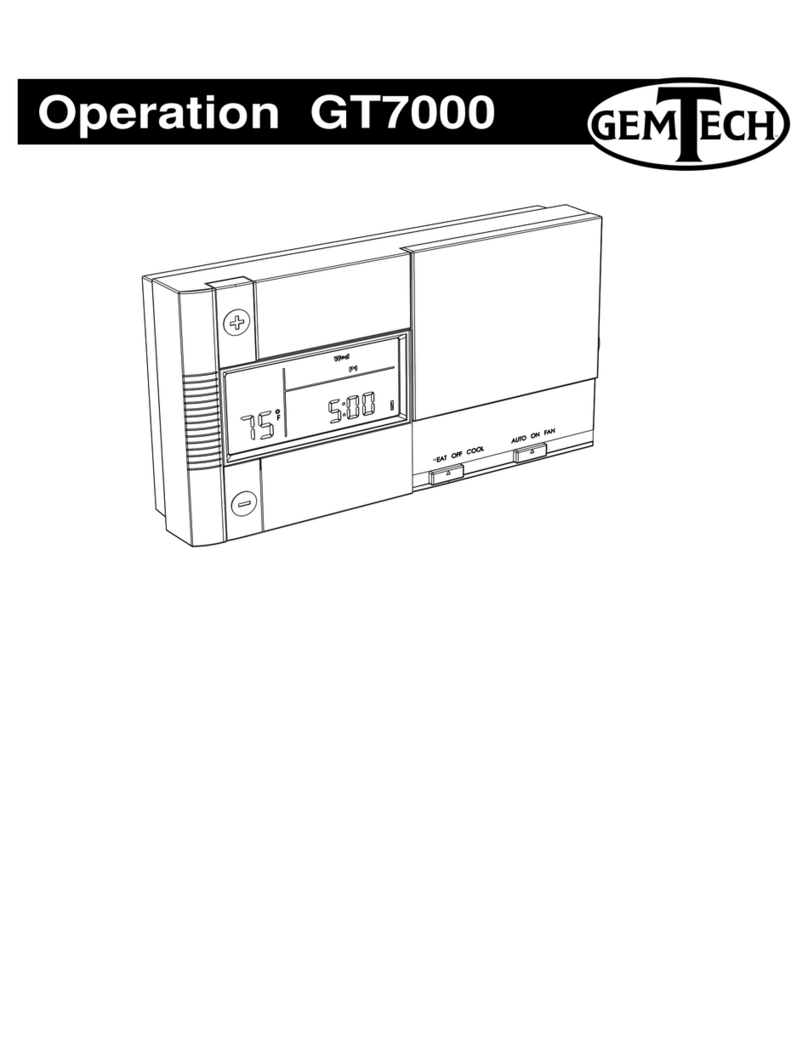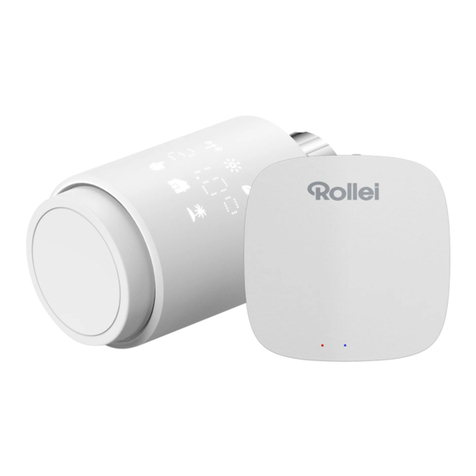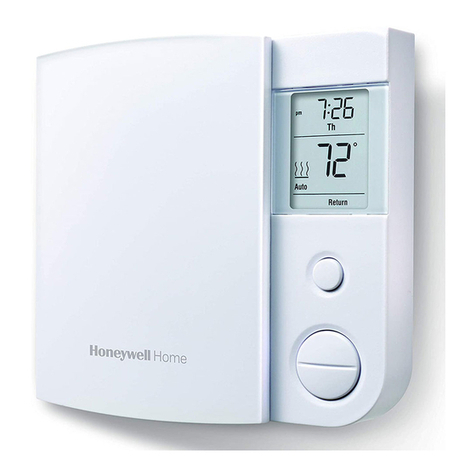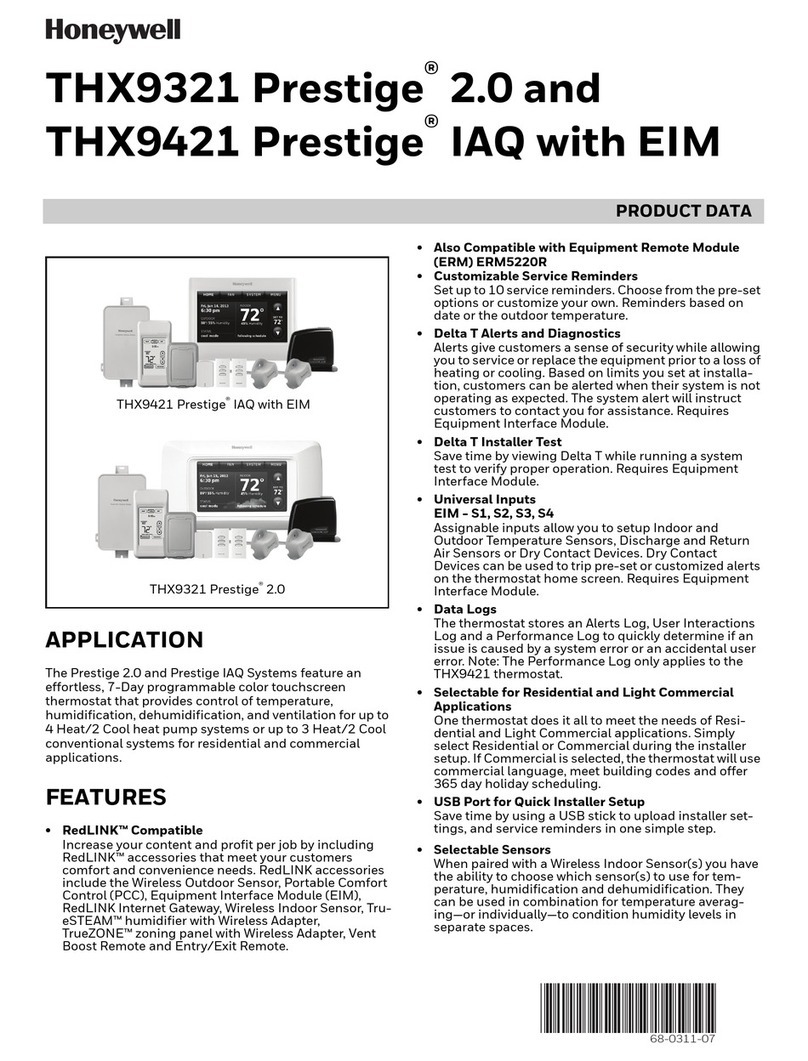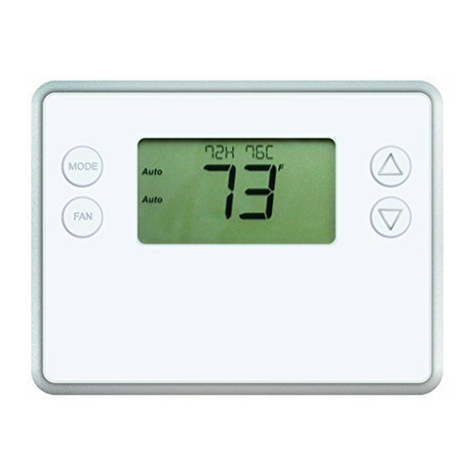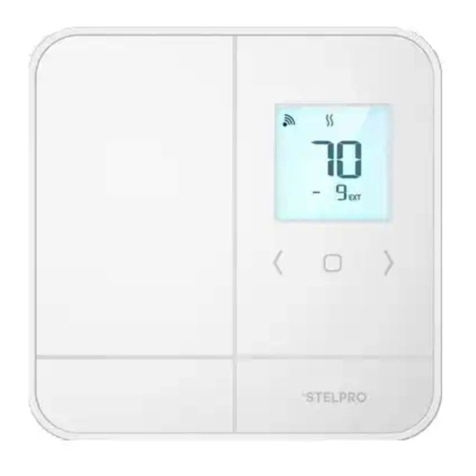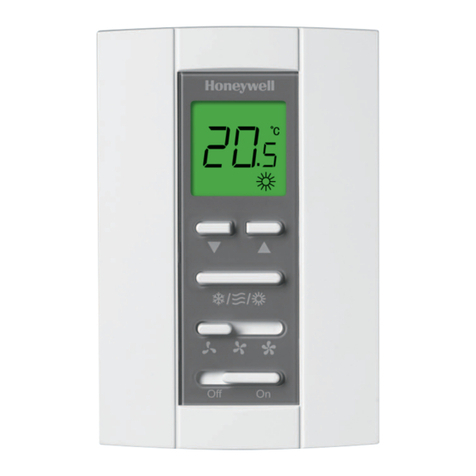
3
Table of Contents
Introduction............................................................................................................ 5
Before You Begin................................................................................................... 6
Programming a Thermostat with a Network Programmer ..................................... 7
Thermostat Installation .......................................................................................... 8
Thermostat Conguration...................................................................................... 9
Setting the thermostat clock ................................................................................ 10
Entering the room number................................................................................... 11
Conguring the Equipment Settings - Compressor Type .................................... 12
Conguring the Equipment Settings - Electric Heat ............................................ 13
Conguring the Equipment Settings - Reversing Valve....................................... 14
Conguring the Energy Saving Settings ............................................................. 15
Testing the thermostat ......................................................................................... 16
Accessing the Thermostat Settings..................................................................... 17
Custom Energy Savings Settings........................................................................ 17
Using the Thermostat Settings Screens.............................................................. 18
01 – FAN CONTROL MODE ............................................................................... 19
02 – 1ST STAGE DIFFERENTIAL - HEAT............................................................ 20
03 – 2ND STAGE DIFFERENTIAL - HEAT............................................................ 21
04 – 1ST STAGE DIFFERENTIAL - COOL ......................................................... 22
05 – INCIDENTAL OCCUPANCY THRESHOLD................................................. 23
06 – NIGHT OCCUPANCY THRESHOLD........................................................... 24
07 – FORCED 2ND STAGE HEATING................................................................ 25
08 – NIGHT OCCUPANCY START ..................................................................... 26
09 – NIGHT OCCUPANCY END ......................................................................... 27
10 – TEMPERATURE RECOVERY TIME ........................................................... 28
11 – RECOVERY TEMPERATURE - HEAT ........................................................ 29
12 – TEMPERATURE SETBACK DELAY - HEAT............................................... 30
13 – MINIMUM SETBACK TEMPERATURE ...................................................... 31
14 – TEMPERATURE SETBACK DELAY - COOL.............................................. 32
15 – MAXIMUM SETBACK TEMPERATURE...................................................... 33
16 – RECOVERY TEMPERATURE - COOL ....................................................... 34
17 – MINIMUM SET POINT................................................................................. 35
